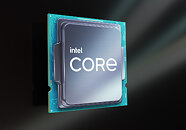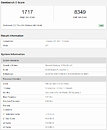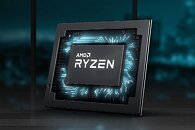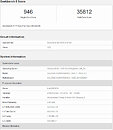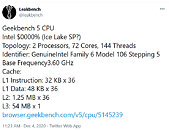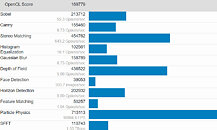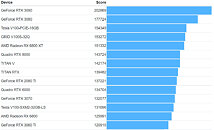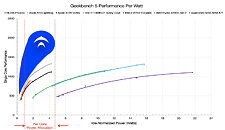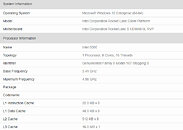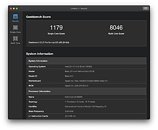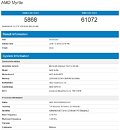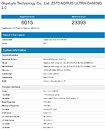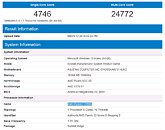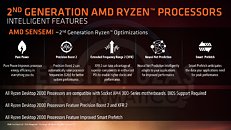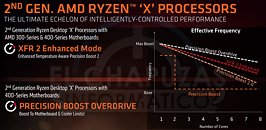
AMD Ryzen 7 8700G & Ryzen 5 8600G APUs Geekbenched
AMD announced its Ryzen 8000G series of Zen 4-based desktop APUs earlier this month, with an official product launch date: January 31. The top models within this range are the "Hawk Point" Ryzen 7 8700G and Ryzen 5 8600G processors—Olrak29_ took to social media after spotting pre-release examples popping up on the Geekbench Browser database. It is highly likely that evaluation samples are in the hands of reviewers, and more benchmarked results are expected to be uploaded over the next week and a half. The Ryzen 7 8700G (w/ Radeon 780M Graphics) was benched on an ASUS ROG STRIX B650-A GAMING WIFI board with 32 GB (6398 MT/s) of DDR5 system memory. Leaked figures appeared online last weekend, originating from an Ryzen 5 8600G (w/ Radeon 760M Graphics) paired with an MSI B650 GAMING PLUS WIFI (MS-7E26) motherboard and 32 GB (6400 MT/s) of DDR5 RAM.
The Geekbench 6 results reveal that the Ryzen 7 8700G and Ryzen 5 8600G APUs are slightly less performant than "Raphael" Ryzen 7000 non-X processors—not a massive revelation, given the underlying technological similarities between these AMD product lines. Evaluations could change with the publication of official review data, but the 8000G series is at a natural disadvantage here—lower core clock frequencies and smaller L3 cache designations are the likely culprits. The incoming APUs are also somewhat hobbled with PCIe support only reaching 4.0 standards. VideoCardz, Tom's Hardware and Wccftech have taken the time to compile the leaked Geekbench 6 results into handy comparison charts—very much worth checking out.
The Geekbench 6 results reveal that the Ryzen 7 8700G and Ryzen 5 8600G APUs are slightly less performant than "Raphael" Ryzen 7000 non-X processors—not a massive revelation, given the underlying technological similarities between these AMD product lines. Evaluations could change with the publication of official review data, but the 8000G series is at a natural disadvantage here—lower core clock frequencies and smaller L3 cache designations are the likely culprits. The incoming APUs are also somewhat hobbled with PCIe support only reaching 4.0 standards. VideoCardz, Tom's Hardware and Wccftech have taken the time to compile the leaked Geekbench 6 results into handy comparison charts—very much worth checking out.





































